Sustainable Livestock Farming
Livestock farming faces a costly dilemma: traditional feed distribution is inefficient, wasteful, and harmful to the planet. Manual feeding methods waste 8–15% of feed yearly. They also drive up labor costs and fuel unnecessary carbon emissions. Enter the Bivocom TG453—an industrial 5G IoT gateway that’s transforming farm feed distribution. As a leading IoT and M2M solution provider, Bivocom designs robust GNSS/LoRa routers, gateways, and RTUs for industrial, enterprise, and smart city applications. Importantly, the TG453 is the core of Bivocom Smart Feed Distribution, redefining “smart” in livestock feed systems.
Traditional feed distribution holds farms back in three critical ways:
- Labor-Intensive & Inefficient: Large operations (like a 10,000-head pig farm in Europe) need 8 workers. These workers spend 6 hours daily on feeding, and labor costs devour 30% of total farm expenses.
- Wasteful & Imprecise: Manual estimates of feed portions lead to overfeeding or underfeeding. Overfeeding wastes money and amplifies emissions. Underfeeding slows animal growth. On average, 8–15% of feed goes to waste, costing farms thousands of dollars yearly.
- Data Gaps: Without real-time data, farmers can’t optimize feed formulas. This causes cows’ methane emissions to rise by 10–15%. It also amplifies ammonia pollution from pig manure.
Bivocom
TG453 is an
industrial-grade 5G Gigabit IoT gateway. It has high
reliability and strong
anti-interference performance, so it fits well in livestock farming’s complex conditions. It seamlessly integrates all feed distribution system components into a “perception-transmission-analysis-control” closed loop. Moreover, its design not only boosts production efficiency but also embeds environmental protection and carbon reduction logic deeply. Above all, it lays the foundation for Bivocom Smart Feed Distribution, turning scattered data into actionable insights.
The TG453 is packed with interfaces to capture real-time data across the farm:
- Diverse Ports: 5 Gigabit RJ45 ports (configurable as 1 WAN + 4 LAN or 5 LAN) let you connect high-definition IP cameras (to monitor feeding processes) or industrial switches (to expand device networks). 2 RS485 ports + 1 RS232 port link to weight sensors (±0.1% accuracy for feed measurement), RFID tags (to track individual animals’ intake), and rumen pH sensors (for metabolic insights).
- Power & Positioning: A 12V/1A power output directly fuels small sensors (like temperature-humidity probes to prevent feed mold). An optional GNSS module adds location tracking for feeders, ideal for large, distributed ranches.
To keep feed systems running without hiccups, the TG453 ensures stable, low-latency data transfer:
- 5G/4G Redundancy: With dual SIM cards and dual modules (supporting DSSM failover or DSDM load balancing), it stays online even if one network fails. 5G NR Sub-6 (or 4G LTE) delivers gigabit-level speeds, so feed recipes and alerts sync to the cloud in real time.
- Edge & Local Storage: Built on OpenWRT Linux, it enables edge computing—letting you process “feed shortage” or “equipment fault” alerts locally (in under 200ms). A Micro SD slot (up to 32GB) backs up data onsite, so you never lose critical feeding records if cloud connectivity drops.
- WiFi for Local Networks: 2.4G WiFi (IEEE 802.11b/g/n) supports AP/Client mode, making it easy to network devices in remote barns without complex wiring.
The TG453 turns data into action with flexible integration and customization:
- Protocol Compatibility: It speaks industrial languages like Modbus RTU/TCP and MQTT, so it works with cloud platforms or on-premise systems. This lets software automatically adjust feed formulas—for example, cutting dairy cows’ concentrate ratio based on daily milk production or tweaking amino acid levels for pigs as they grow.
- Custom Development: Support for Linux OS, C/C++, Python means farms can code custom logic. Want to optimize shrimp feed based on water temperature trends? Or adjust poultry rations using AI-driven growth models? The TG453’s SDK makes it possible.
In short, the TG453 transforms scattered farm data into automated, precise feeding decisions. And so you spend less time managing feed and more time growing sustainable operations.
The Bivocom TG453 transforms livestock feed operations to cut waste, emissions, and costs. Here’s how it delivers results:
Across the world, policies reward farms for cutting emissions
- China: The “14th Five-Year Plan for Livestock Green Development” boosts subsidies to 30% for smart feed equipment with environmental monitoring.
- EU: The Common Agricultural Policy (CAP) subsidizes 50% of smart feed systems (plus €700 million for digital agriculture pilots by 2025). By 2030, farms with over 500 animals must track methane emissions or face a €50/ton CO₂ tax.
- US: USDA’s “Climate-Smart Agriculture” certification rewards smart feed systems with $15/ton grain subsidies. The EQIP program covers up to 75% of equipment costs for small farms.
- Australia: The MERIL (Livestock Methane Reduction Program) offers up to AUD 1 million for methane-reducing tech (with carbon credits worth ~AUD 35/ton CO₂).
The future of smart feed will lean into deeper intelligence, sustainability, and integration—turning isolated feed systems into core parts of eco-friendly, efficient farms:
- AI-Powered Precision: Deploy custom AI models to auto-predict feed needs based on animal growth stages, health, or environmental changes—no manual adjustments required.
- Full-Cycle Emissions Tracking: Expand monitoring beyond feed to link nutrition with methane, CO₂, and ammonia output, building a full “feed-intake-emissions” data loop for complete sustainability.
- Off-Grid Green Energy: Leverage low-power LoRa and adapt solar/wind power for remote farms, solving energy and connectivity gaps in hard-to-reach areas.
- Unified Smart Farms: Integrate feed systems with environmental control, health monitoring, and farm management tools for end-to-end automation.
With
11+ years of industrial IoT expertise and a presence in
90+ countries,
Bivocom empowers sustainable livestock farming by turning traditional feed challenges into
efficient,
low-carbon outcomes. We align with global low-carbon policies to help farms unlock
subsidies,
cut waste, boost
animal well-being, and
reduce operational costs. Our Support for Your Farm:
- Piloting: Test solutions in your farm’s unique context to validate performance and fit.
- Customization: Tailor systems to your needs—from rural connectivity to specialized livestock requirements.
- Integration: Unify feed data with your existing farm management tools, eliminating data silos.
Ready to Build a Sustainable Farm?
Bivocom helps farms thrive with smarter, greener feed practices. Contact [email protected] today for a free assessment to outline your tailored plan. With us, you’re building a farm that’s resilient for the long term.
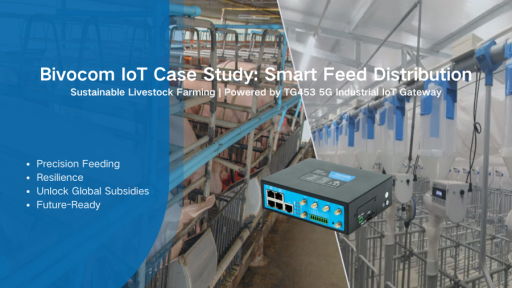
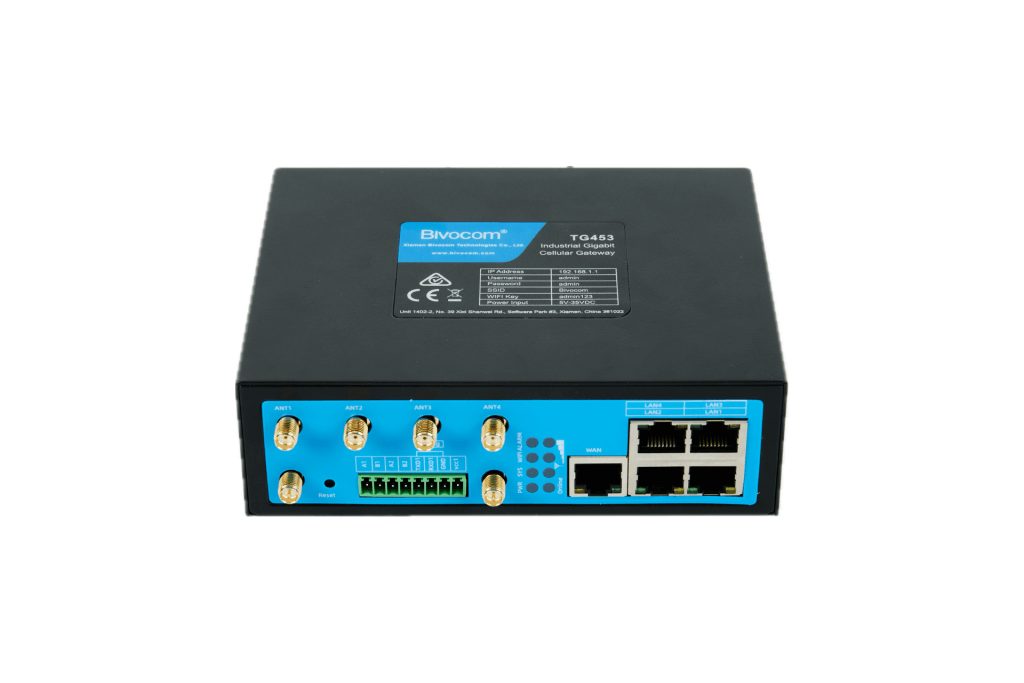
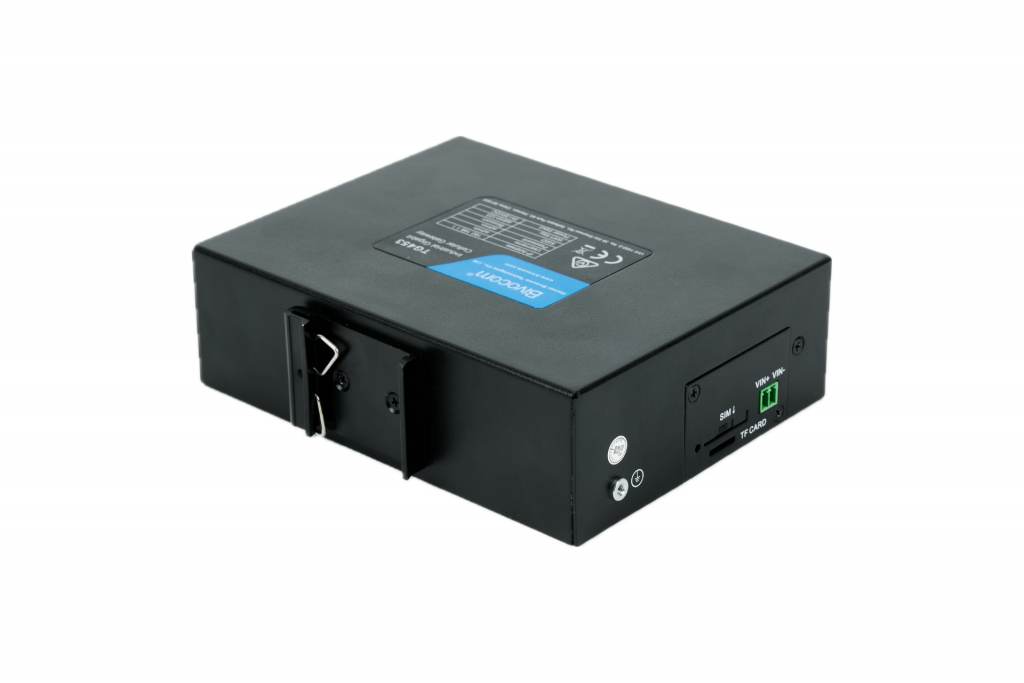
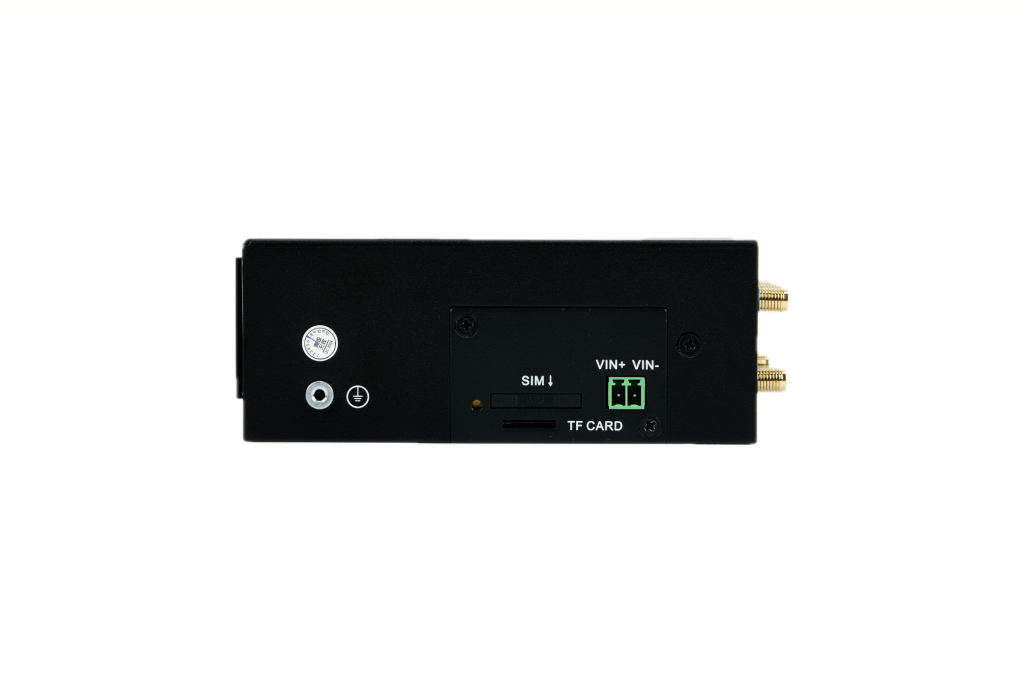
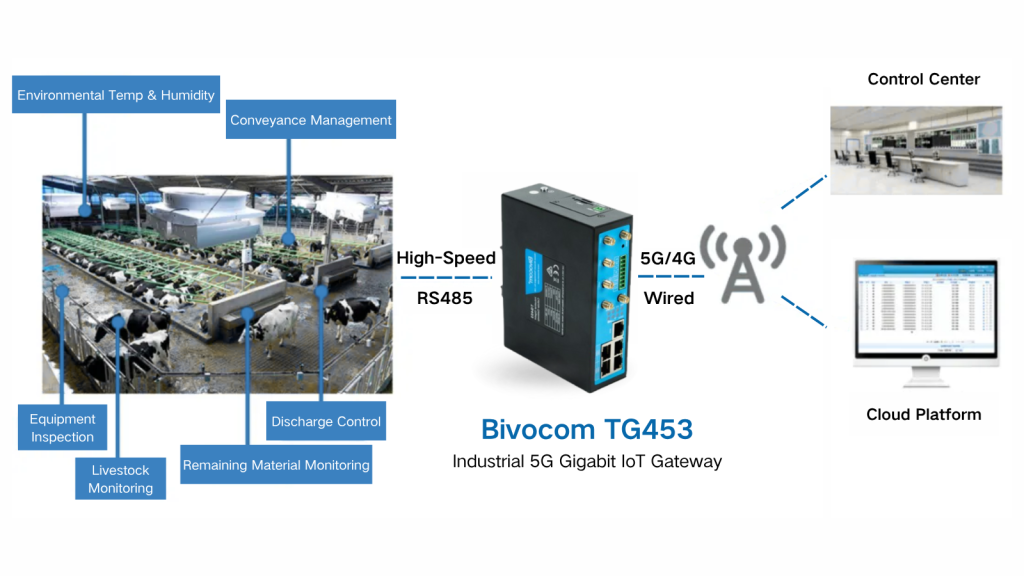
-1-995x560.png)
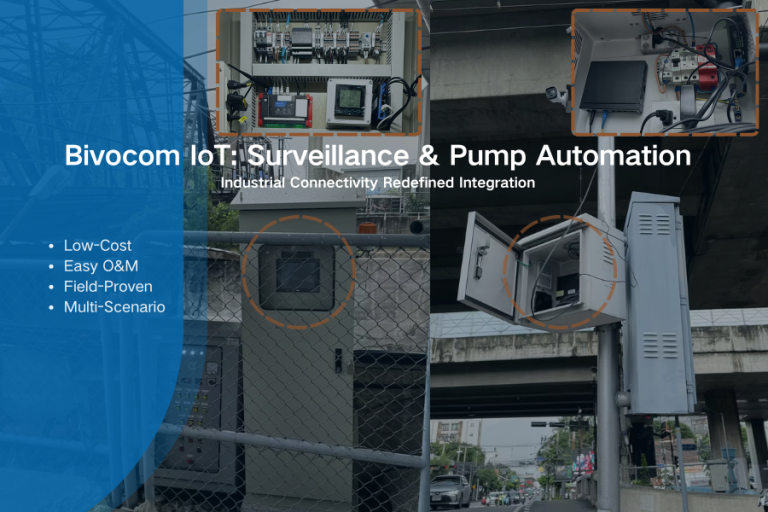
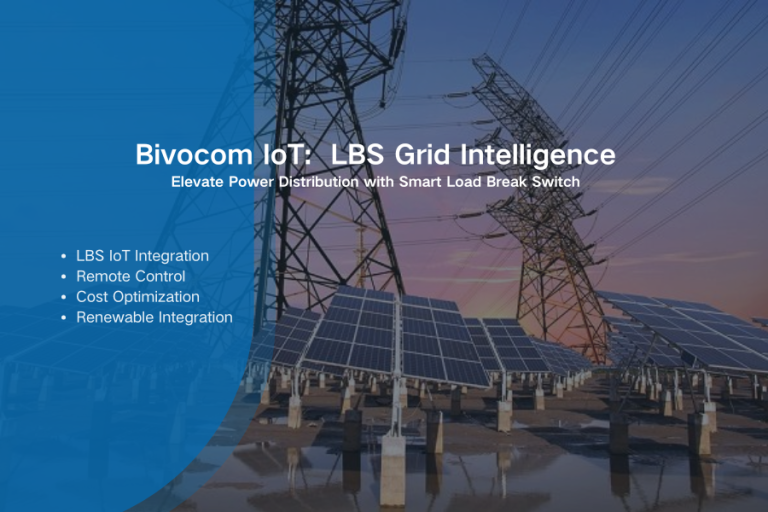
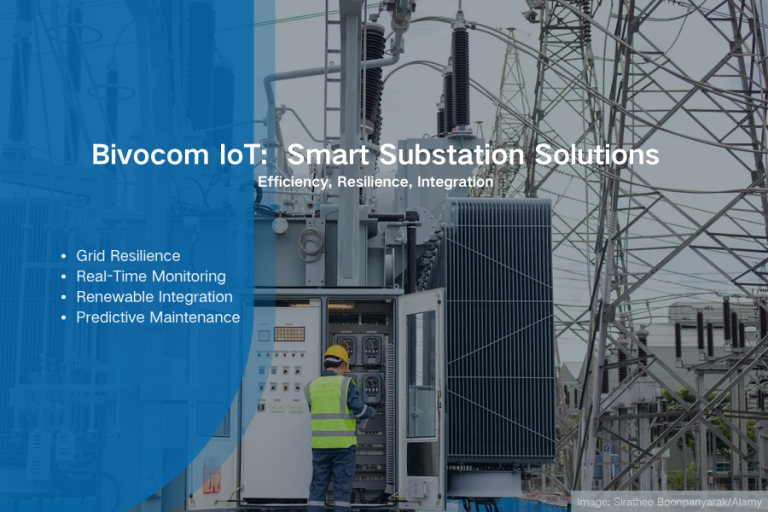
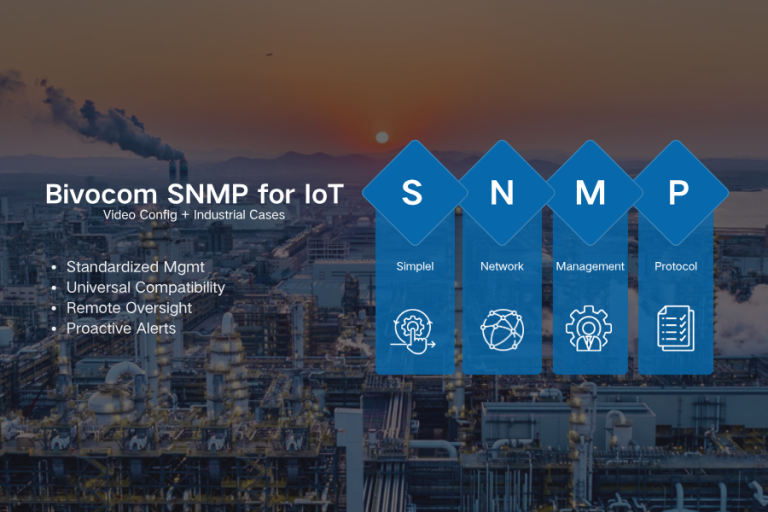
Comment